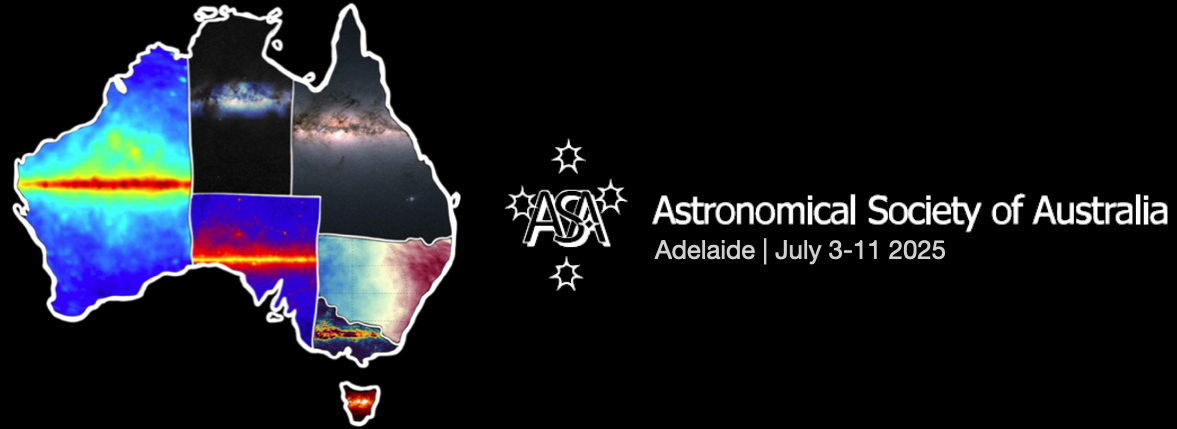Speaker
Description
Inyarrimanha Ilgari Bundara, the CSIRO Murchison Radio-astronomy Observatory, is located in an extremely radio quiet region of the planet, approximately 800 kilometres north of Perth. This unique observatory is the most well protected radio astronomy site in the world. Inyarrimanha Ilgari Bundara, the CSIRO Murchison Radio-astronomy Observatory, is the site of the Australian Square Kilometre Array Pathfinder (ASKAP), the Murchison Widefield Array, and EDGES. The Australian component of the international SKA is also currently being constructed on the site. The remote nature of this location makes it an ideal site for radio astronomy.
Since 2005, a number of regulatory measures have been introduced by the Commonwealth and Western Australian governments to prevent or control radio frequency interference (RFI) to radio astronomy on the site. In total, these measures provide unprecedented radio quiet protection – in frequency coverage, geographic extent, and the range of potential interference sources. The protections cover the frequency range 70 MHz to 25.25 GHz, an area 260 km in radius, and address intentional radiocommunication transmitters and incidental emissions from electrical equipment. A brief description of the radio quiet protections will be presented.
The best way to demonstrate the success (or failure) of these radio quiet measures is to use the radio telescopes themselves. Data from ASKAP and MWA has shown that tropospheric ducting causes strong RFI, which is regularly detected by the RFI monitoring equipment at the Observatory. We have worked on a numerical weather prediction model to predict the presence of RFI from ducting to assist with scheduling sensitive observations where ducting is problematic (particularly for ASKAP Science Survey FLASH) and will show some results from this work. We also show preliminary results of the impact of SKA-Low construction on RFI at the Observatory and RFI detections from other activities in the vicinity.

